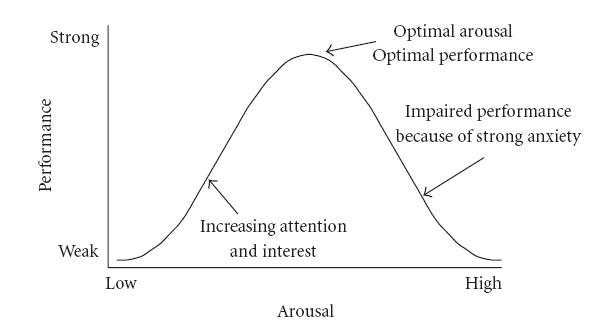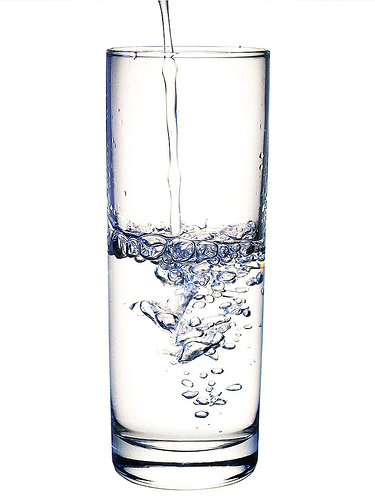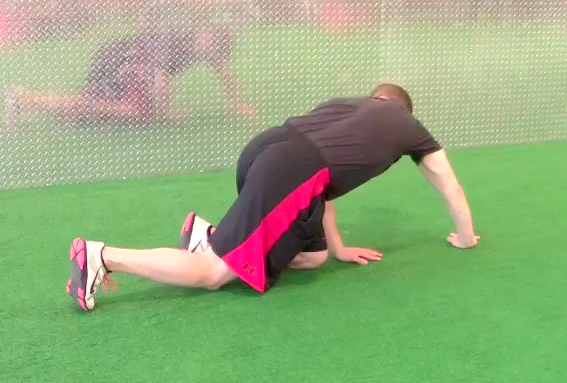Dissecting Performance Limitations
The last article touched on the various limitations to range of motion (ROM) and presented the idea that it’s not always desirable to improve ROM. If you missed that post, you can check it out here: Understanding Range of Motion: More is not better Today I want to expand on that concept by taking a […]
POSTED BY KEVIN NEELD Mar 5, 2014






